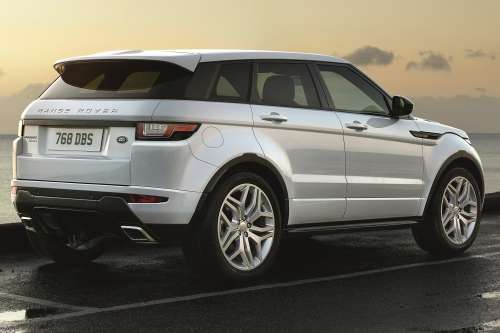New Virtual Drive Test method improves cellular and internet connection

When purchasing a new car, customers demand high-quality cellular and internet access. No matter how good the car, poor wireless communications are no longer accepted and the introduction of connected and driverless cars is increasing the need for strong wireless performance. New research by the University of Bristol, in collaboration with Jaguar Land Rover, has developed a new Virtual Drive Testing (VDT) method that is reliable, cost-effective and a repeatable alternative to physical drive tests.
Cellular connectivity is usually verified by a comprehensive set of real-world drive tests in a wide variety of urban and rural environments. The process requires the construction of a physical prototype that is costly, time consuming and lacks the scientific rigour and the ability to repeat the tests.
The paper, together with the results, of the new VDT method were presented by Bristol engineers at the IEEE Vehicular Technology Conference in Sydney, Australia, last month [7 June 2017].
Based on a dual-antenna LTE-Advanced Vehicle-to-Infrastructure (V2I) urban scenario, the research compared real-world and virtual drive tests. The Bristol engineering team have developed a unique and generic radio performance test process based on 3D ray-traced channel models, theoretic or measured antenna patterns, RF channel emulation and hardware-in-the-loop radio measurements.
3D ray-traced channel models were used to predict the timed-related radio paths between a cellular base station and the test vehicle. Measured vehicular antenna patterns were then applied to the predicted channel data using a spatial and polarimetric convolution process. The resulting channels were streamed into a Keysight PropSim F8 channel emulator, which was programmed to communicate with the multi-channel cellular basestation emulator and a Samsung S5 mobile handset.
The VDT process was shown to be reliable and repeatable. The accuracy of the emulated throughput agreed well with real-world measurements performed by Jaguar Land Rover in central Bristol.
Professor Andrew Nix, Dean of Engineering and Head of the Communication Systems and Networks (CSN) group at the University of Bristol, said: "VDT allows vehicular antenna designs to be evaluated even before a physical prototype has been constructed. This new process allows us to rapidly compare and contrast a wide range of on-vehicle antenna solutions. This ensures we are able to rapidly converge on the very best solution."
Dr Angela Doufexi, Reader in Wireless Networks in the CSN group and Department of Electrical and Electronical Engineering, added: "We have shown that VDT is a reliable, cost-efficient and repeatable alternative to physical drive tests. It allows different antenna solutions and on-vehicle positions to be evaluated rapidly and effectively in a wide range of propagation scenarios."
Dr Fai Tila, CSN Technical Project Manager and Visiting Fellow in the Department of Electrical & Electronic Engineering, explained: "Our VDT methodology has proven to be more stable and far more repeatable than real-world measurements. This work shows it is far more convenient and cost-effective to optimise the wireless performance of future vehicles in the comfort of the laboratory."
More information: 'LTE-A virtual drive testing for vehicular environments' presented at the IEEE Vehicular Technology Conference. www.slideshare.net/BristolCSN/ … hicular-environments
Provided by University of Bristol




















